Introduction
Stir-fried lamb tripe, a dish celebrated in many global cuisines for its unique texture and rich flavor, is a culinary adventure that rewards patience and precision. Often overlooked due to its reputation as a challenging ingredient, lamb tripe—the lining of a sheep’s stomach—transforms into a delicate, chewy delight when prepared correctly. This tutorial will demystify the process, guiding you through selecting, cleaning, and cooking lamb tripe to achieve a dish that balances tenderness, umami, and a hint of spice. Whether you’re a seasoned home cook or a curious food enthusiast, this guide will equip you with the knowledge to create a restaurant-quality stir-fry that impresses even the most discerning palates.
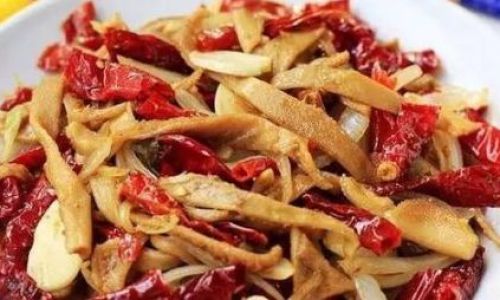
The Allure of Lamb Tripe
Lamb tripe has been a staple in traditional dishes across Europe, Asia, and the Middle East for centuries. In Chinese cuisine, it’s a star ingredient in hot pots and stir-fries, prized for its ability to absorb flavors while retaining a satisfying bite. When cooked properly, tripe becomes tender without losing its characteristic springiness, making it a versatile canvas for bold seasonings. This tutorial focuses on the stir-fry method, which sears the tripe at high heat to lock in moisture and caramelize its surface, creating a dish that’s both aromatic and texturally intriguing.
Selecting the Finest Ingredients
The foundation of a great stir-fry lies in the quality of your ingredients. For lamb tripe, freshness is non-negotiable. Look for tripe that’s pale ivory in color, with a smooth, slightly shiny surface. Avoid specimens that appear gray, slimy, or overly dry, as these may indicate spoilage or improper cleaning. If fresh tripe is unavailable, frozen options can work but require thorough thawing and additional blanching to remove any residual ice crystals.
Vegetables and Aromatics
Pair your tripe with vegetables that complement its texture. Bell peppers (red, green, or yellow), onions, and carrots add sweetness and crunch, while garlic and ginger infuse the dish with aromatic depth. For a spicy kick, include fresh chili peppers or a dash of chili oil.
Sauces and Seasonings
The flavor profile of your stir-fry hinges on a harmonious blend of sauces. Soy sauce provides saltiness and umami, while oyster sauce adds a briny sweetness. A splash of Shaoxing wine or dry sherry cuts through the richness, and a pinch of white pepper offers a subtle heat. Cornstarch acts as a thickening agent, ensuring the sauce clings to every piece of tripe.
The Art of Preparation: Cleaning and Cutting
Cleaning lamb tripe is a meticulous process, but skipping this step can result in a gamey flavor and grittiness. Begin by rinsing the tripe under cold water, scrubbing gently with a brush to remove any impurities. For deeper cleaning, soak the tripe in a vinegar-and-water solution (1:4 ratio) for 30 minutes, then rinse thoroughly. Alternatively, a baking soda paste can neutralize odors—apply it, let it sit for 15 minutes, and scrub clean.
Blanching the Tripe
Blanching is crucial for tenderizing tripe and removing residual impurities. Bring a large pot of water to a rolling boil, add a few slices of ginger and a splash of rice wine (optional), then submerge the tripe. Simmer for 2–3 minutes, or until the tripe turns opaque. Drain and rinse under cold water to halt the cooking process.
Cutting Technique
The way you cut tripe affects its tenderness. Slice the blanched tripe into thin strips (about ¼ inch thick) against the grain to shorten the muscle fibers, ensuring a melt-in-your-mouth texture. For added visual appeal, diagonal cuts or small, bite-sized pieces work well.
Marinating for Maximum Flavor
Marinating tripe is optional but highly recommended. Toss the sliced tripe with a mixture of soy sauce, cornstarch, and a drizzle of sesame oil. Let it marinate for 15–30 minutes. The cornstarch creates a protective coating, sealing in moisture during stir-frying, while the soy sauce imparts a savory base.
The Stir-Fry Process: Mastering the Wok
Stir-frying demands high heat and rapid movement to achieve that coveted wok hei—the breath of the wok—which imparts a smoky, charred flavor.
Preparing the Wok
Heat your wok over high heat until it begins to smoke. Add a neutral oil with a high smoke point, like peanut or canola oil, and swirl to coat the surface. Proper wok heating ensures even cooking and prevents sticking.
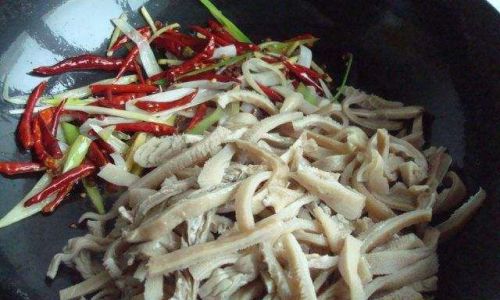
Stir-Frying Vegetables
Start by stir-frying the vegetables. Add minced garlic and ginger, stirring constantly for 30 seconds until fragrant. Toss in sliced onions and bell peppers, stir-frying for 2–3 minutes until slightly softened but still crisp. Remove the vegetables from the wok and set aside.
Searing the Tripe
Return the wok to high heat and add a touch more oil. Add the marinated tripe in a single layer, allowing it to sear undisturbed for 1–2 minutes. This step caramelizes the surface, creating depth of flavor. Toss the tripe and stir-fry for another 2–3 minutes until lightly browned.
Combining Ingredients
Reintroduce the vegetables to the wok, along with any accumulated juices. Pour in the sauce mixture (soy sauce, oyster sauce, Shaoxing wine, and a splash of water), stirring vigorously to coat everything evenly. Cook for an additional 1–2 minutes until the sauce thickens.
Finishing Touches
For a glossy finish, drizzle a teaspoon of sesame oil over the dish and toss to combine. Garnish with sliced green onions or cilantro for a pop of color and freshness.
Achieving Tenderness: Troubleshooting Common Issues
Tripe can turn rubbery if mishandled. Here’s how to avoid pitfalls:
- Overcooking: Tripe requires minimal cooking time once blanched. Stir-fry for no more than 5–7 minutes total to prevent toughness.
- Under-Blanching: Skipping the blanching step leaves tripe chewy. Ensure it’s simmered until opaque.
- Incorrect Cutting: Slicing with the grain preserves tough fibers. Always cut against the grain.
Variations and Regional Twists
Customize your stir-fry with these global inspirations:
- Sichuan-Style: Add doubanjiang (fermented chili bean paste) and Sichuan peppercorns for a numbing, spicy kick.
- Mediterranean Flair: Swap soy sauce for lemon juice, toss in olives and capers, and finish with fresh oregano.
- Vietnamese Fusion: Incorporate lemongrass, fish sauce, and a garnish of crushed peanuts.
Serving Suggestions
Stir-fried lamb tripe pairs beautifully with steamed jasmine rice, which absorbs the flavorful sauce. For a heartier meal, serve it over egg noodles or tucked into a fluffy bao bun. A side of pickled vegetables or cucumber salad provides a refreshing contrast.
Conclusion
Crafting the perfect stir-fried lamb tripe is a labor of love, but the results are undeniably worth the effort. By mastering the cleaning, cutting, and cooking techniques outlined here, you’ll elevate this humble ingredient into a dish that delights the senses. Whether you’re hosting a dinner party or simply craving a taste of culinary tradition, this recipe invites you to explore the depths of flavor and texture that lamb tripe has to offer. So grab your wok, fire up the stove, and embark on a journey to transform a challenging ingredient into a masterpiece. Your taste buds will thank you.
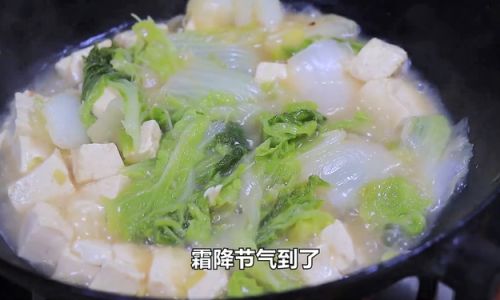
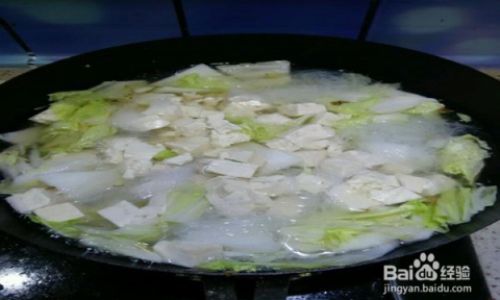

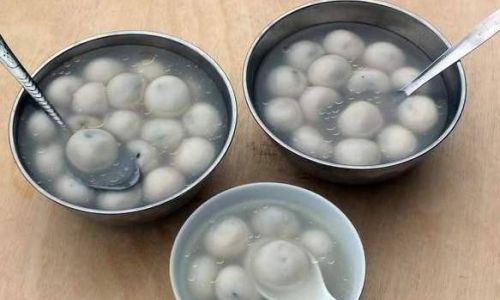
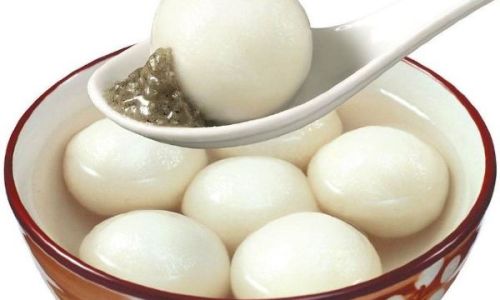
0 comments